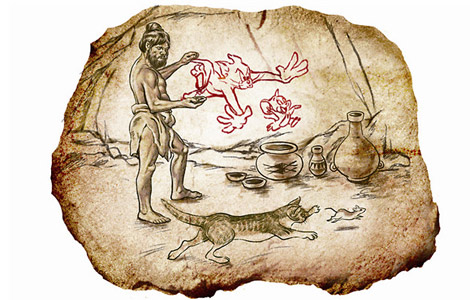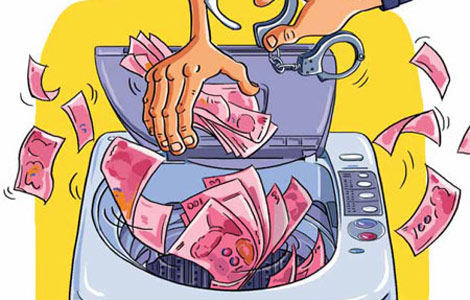NZ lamb goes to pot in China
Updated: 2014-02-07 09:18
(Agencies)
|
|||||||||||
|
 |
|
Sheep on lush paddlock in New Zealand.[Photo/icpress.cn] |
WELLINGTON - At a sprawling plant run by New Zealand's biggest meat processor, rows of lamb hang from meathooks on their way to a cutting room to be processed and shipped out in increasing quantities to China.
But instead of the French racks, legs and tenderloins prized by Western consumers, China is taking secondary cuts such as caps and flaps, heavily fat marbled and taken from around the belly of the lamb that were previously much cheaper or even destined for the pet food market.
When the cuts arrive in China, they are rolled, semi-frozen and sliced paper-thin, and sold to hot pot restaurants. The popularity of the traditional Asian shared dish, offering cost-conscious diners healthy, homegrown fare -- slivers of meat and vegetables served in a broth -- is giving McDonald's Corp , Yum Brands Inc and others a run for their money in China's $174 billion fast food market.
The explosion in demand for these secondary cuts helped drive New Zealand's sheepmeat trade to China to $550 million in 2013, up around fivefold from 2010, and a big boost for a farm sector that has seen sluggish demand from traditional markets in Europe.
More protein
China is the world's largest sheepmeat producer with a flock estimated at nearly 140 million in 2011, but output has been declining as farmable land shrinks due to urbanisation. Lamb has traditionally been consumed mainly in China's northeast, but a growing urban middle class in expanding cities wants more protein and has broader tastes.
A Mintel survey of 3,000 people in December found that almost two-thirds of respondents ate at least once a month at hot pot restaurants. Food safety scandals in China have also made meat imports from countries like New Zealand and Australia more attractive.
"If you look at the fundamentals for China, they have declining red meat supplies, and food safety concerns, so the key would be for Australian and New Zealand processors to be able to guarantee the supply chain," said Rabobank animal proteins analyst Matt Costello.
In 2012, China overtook France to become the world's largest sheepmeat importer.
"Once upon a time, nothing went to China, but now that's changed," said Phillip Hansen, plant manager at Alliance Group's meat plant in Levin, 90 km (55 miles) northwest of Wellington. "They're a big customer and we have to try and adhere to what they want."
Related Stories
New Zealand's Fonterra launches another recall 2014-01-14 09:45
China Southern extends New Zealand service on rising demand 2014-01-22 11:13
China takes lead as New Zealand export destination 2013-12-19 11:02
New Zealand to raise bar for business immigrants 2013-12-13 11:51
Chinese, New Zealand defense ministers hold talks 2013-11-28 16:43
Today's Top News
Trade frictions with the EU likely to grow
Xi, Putin vow stronger ties
Pollution dampens fireworks sale
US warns airlines about 'toothpaste bombs'
Dutch security services bug phones
President Xi leaves for Sochi ceremony
Vatican's child abuse record slammed
Schroeder accuses US of disrespect
Hot Topics
Lunar probe , China growth forecasts, Emission rules get tougher, China seen through 'colored lens', International board,
Editor's Picks

|

|

|

|

|

|





